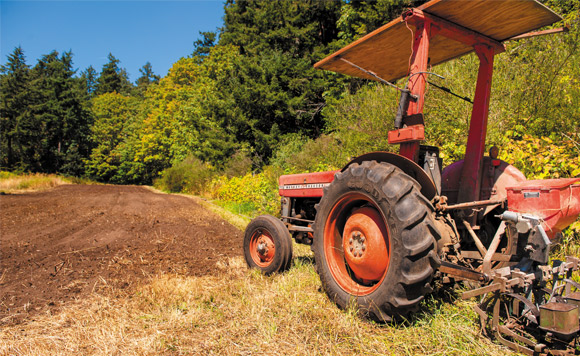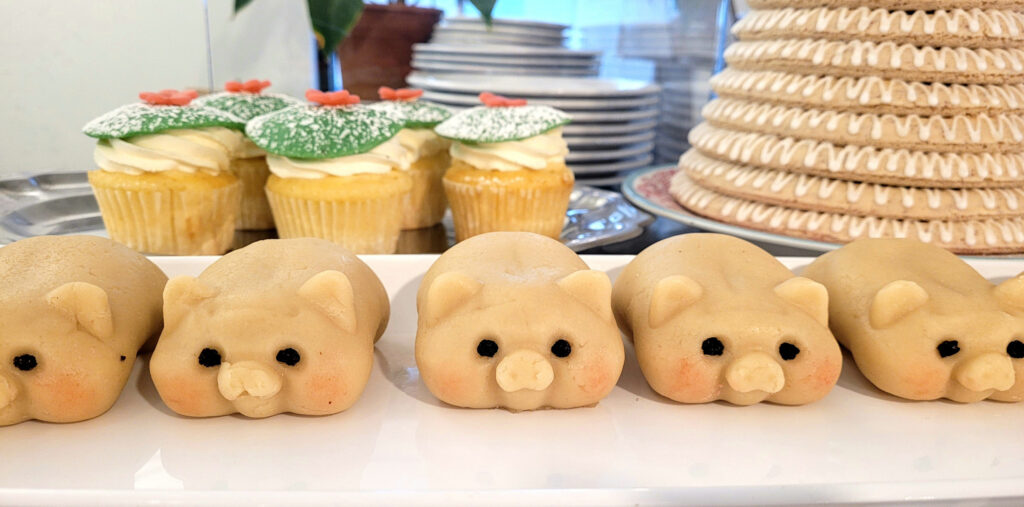by Nathalie Chambers –
We are so lucky to live in the rainshadow of the Cascade and Olympic mountain ranges, a world-renowned marine and biological diversity hotspot. We are in the traditional territory of the Coast Salish First Nations, who lived on and stewarded these lands for 8,000 years since the beginning of time until contact. They were seasonally nomadic hunters, gatherers and survivalists. The sustainable land management techniques that these people employed stemmed from a world view that did not separate itself from nature. It is these stewardship techniques that have led to the current fertility of the land we now stand on.
Considering our favourable growing conditions, climate and fertility, it’s shocking to note that B.C. has the highest food insecurity and is the highest user of food bank programs in Canada.
“The words food security mean that everybody is able to get enough healthy food to be well and active. For everybody to get enough healthy food, we need a food system that works well.” (www.foodfirstnl.ca.)
According to the Sidney Lions Food Bank, Central and North Saanich are some of the areas with the highest use. The largest obstacle to food security in these parts is the price of farmland, second to the industrialization of farmland which further increases the price of farmland and compacts, pollutes and degrades soil. The consequence of these non-permitted uses lead to the loss of farmland, degradation of soil and the biodiversity that make farming sustainable.
This article is meant to be a roadmap, and provide you with some tips that will help you navigate the sometimes confusing farm food scene on the Island. Firstly, we must always exercise caution at the farm stand or grocery story and stop ourselves from slipping into nostalgia. We are not in grandma’s garden anymore, and the produce we’re buying may potentially be life-threatening, grown with chemicals, insecticides and pesticides without respect to ecology, culture and health. It pays to be informed.
Terms such as “naturally grown,” “local,” “not sprayed” etc. may not mean what you think. Get to know your farmers, ask questions and visit the farm that grows your food to ensure that the indicators of functioning healthy ecosystems are present: birds, (native) bees and frogs. If these indicators aren’t present on the farm you’re visiting, have a discussion with your farmer and support them to make the changes they need to increase biodiversity and become sustainable. We must protect and defend the biology of the soil like our life depends on it, because it really does.
We must also transcend the myth that no one wants to farm anymore, or that you can’t make any money farming. It may very well be true that nobody wants to farm conventionally anymore, but there is another league of food growers on the horizon. Often trained in agroecology, biodynamics, biological farming and permaculture, these rogue farmers are desperate to get their shovels in the ground and grow food for us, but unfortunately many of them are finding it really hard to access farmland.
We must ensure farmland soils and the biodiversity necessary to be sustainable and economically viable are protected forever. Through responsible ownership and restrictive agricultural covenants, the use of farmland trusts and partnerships with regional and municipal governments, we can protect farmland forever.
To learn more, visit www.farmlandprotectioncoalition.ca. Photo by www.nuttycake.com.




